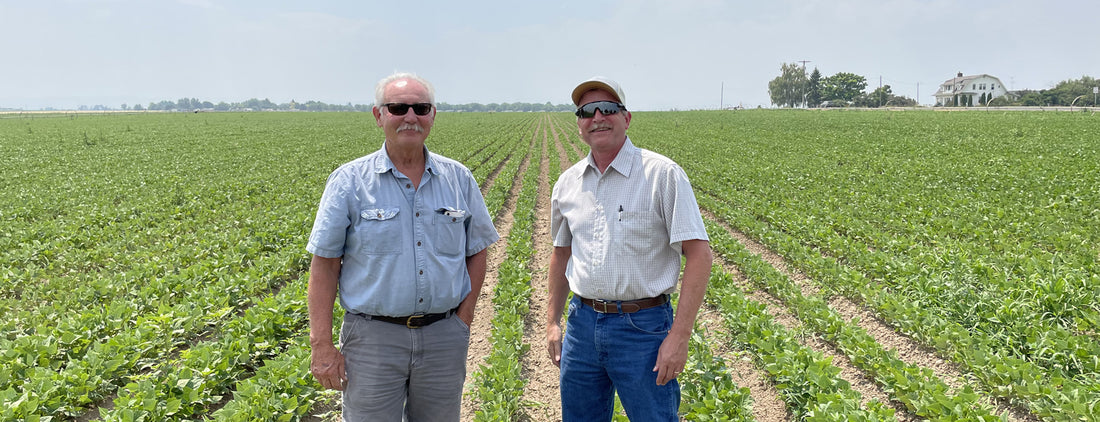Organic standards for farming and food production set the framework for how farmers grow food and the way food is processed and handled. Organic farming methods differ from conventional farming in several ways:
- Organic farmers employ natural fertilizers and compost to feed and regenerate the soil while conventional farmers uses chemical fertilizers that are not allowed in Organic systems
- Organic farmers use insects, birds, mating disruption, or traps to mitigate pests where conventional farmers spray pesticides to get rid of pests
- Organic farmers use crop rotation, weeding, and mulching to manage weeds while conventional farmers uses chemical herbicides to manage weeds
- When it comes to raising animals, Organic farmers provide organic feed, focus on a balanced diet and clean housing, and must allow animals into outdoor spaces and pastures, while conventional farmers are allowed to use antibiotics, growth hormones and medications to spur growth and prevent disease
The U.S. Department of Agriculture Organic certification provides assurances that the production methods meet or exceed these strict standards.
When you see the “USDA Organic” label, it means that at least 95 percent of the food’s ingredients were organically produced.
Reducing pollution on land, rivers, lakes, oceans and air
Many people choose organic foods to avoid any risks associated with ingesting the pesticides, herbicides, antibiotics and other chemicals used in conventional farming. These same inputs not only get into human bodies through eating food, but into the environment, water, soil and air when used in production. So, there are certainly environmental reasons to go organic. According to USDA guidelines, organic farming practices are designed to reduce pollution and conserve water and soil. Organic farmers do not use synthetic pesticides, which can harm wildlife and people, and they also seek to preserve biodiversity and local ecosystems.
By relying on building a balanced ecosystem to produce food and fiber, organic farms have a regenerative (rather than extractive) effect on the environment. Organic standards require that farmers protect the natural resources on their lands, which makes organic farms key players in the fight against the climate crisis.
Conserving natural resources and protecting biodiversity
Organic farmers are required to maintain or improve the natural resources on and around their farms, including soil, water, wetlands, and wildlife habitats. By avoiding toxic chemicals and maintaining healthy wildlife habitats, organic practices promote biodiversity and protect pollinators.
Organic farms:
- Emit 18% less global warming-causing gases and use ~50% less new reactive nitrogen (an extremely potent greenhouse gas)*
- Produce healthier soils that contain 13% higher total organic matter and capture 44% more stable sequestered carbon*
- Releases 40% fewer carbon emissions*
- Increase overall biodiversity by 30% and pollinator diversity by up to 50%
- Reduce nitrates released into groundwater by 50%
- Use 45% less energy than conventional systems
- Are more resilient; organic farms produce yields up to 40% higher than conventional systems in drought conditions
- Conserve forests and wild lands; most organic operations are converted from land already in agricultural use, either from active conventional farms or fallowed fields
* as compared to conventional farming
These stats are from the Organic Trade Association's Organic Opportunity Communications Toolkit.
At Hummingbird, we are on a mission to offer Organic, high-quality, nutritious foods grown as locally and sustainably as possible. We believe in the value of Certified Organic agriculture and food for the health of people and animals, the health of our communities and economies, and the health of the planet. That is why we are sharing this multi-part series blog on the value of Organic.
See the other posts in the series:
PHOTO TOP: Karl Joslin of Joslin Farms and James, our Senior Farm Liaison, standing over a crop of Organic Great Northern Beans.

